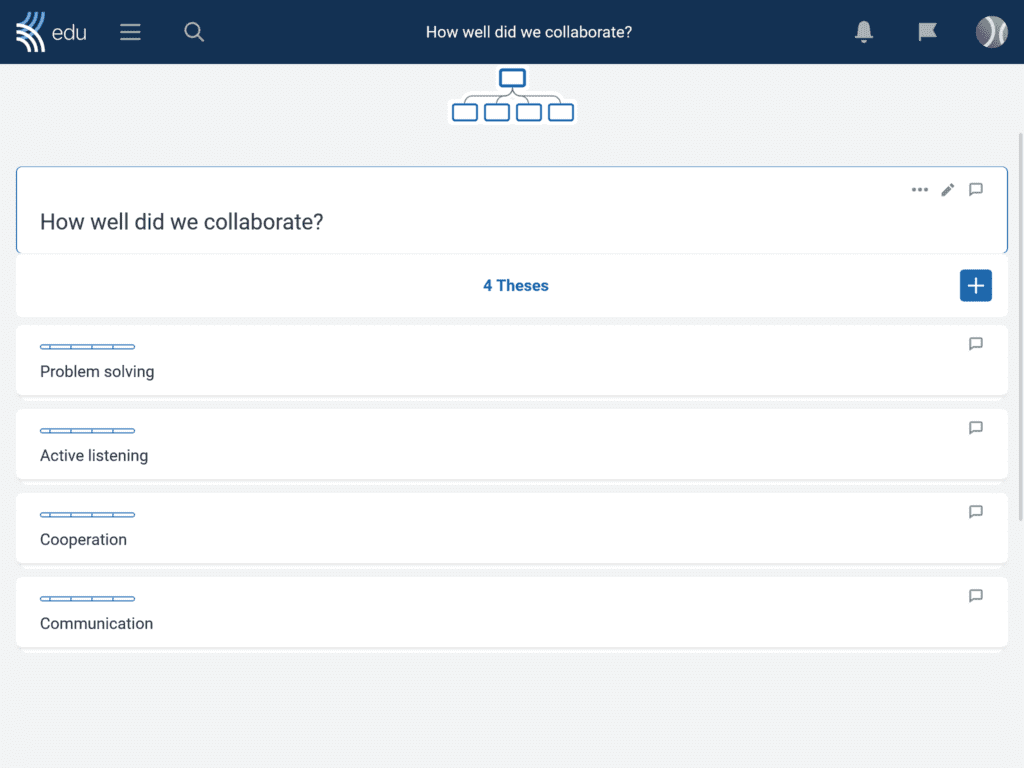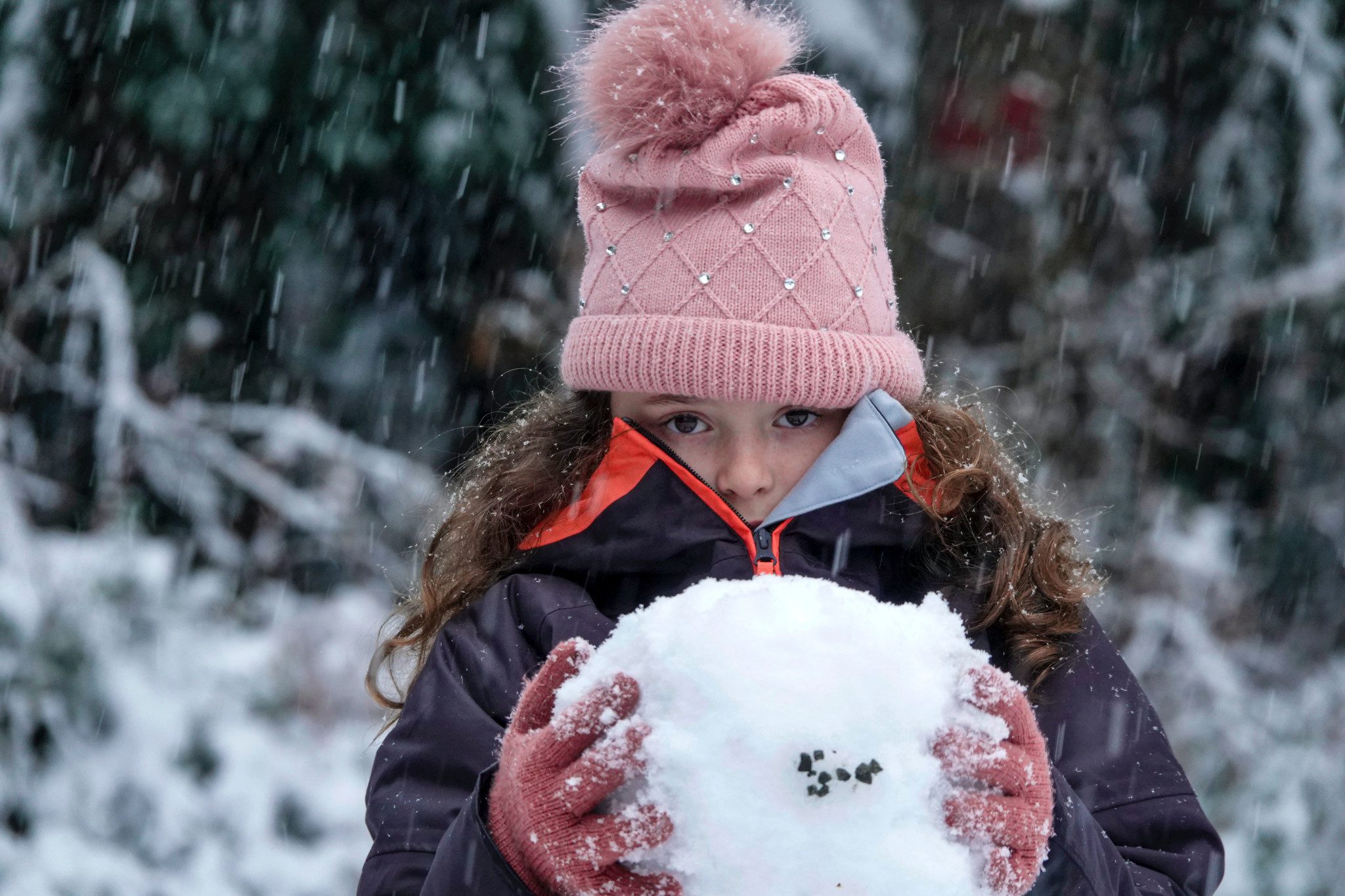For today’s students, mention the word “collaboration” to them and they may start talking confidently about the exciting “collabs” between their favorite brands. But as educators, we know the importance of weaving student collaboration activities into lessons.
Collaborative working has many benefits, but activities can quickly unravel if students are not equipped with the necessary skills. Here at Kialo Edu, we have curated a selection of student collaboration activities to help your students become consummate collaborators. So, join forces with us to explore how to solve common collaboration problems to turbocharge teamwork in your classroom!
Problem #1: My students have too many disagreements during collaborative work
Activity: Hold a balloon debate for students to work collaboratively for a common goal

Unite teams of students with a balloon debate. The aim of this activity is to decide which one of a hot air balloon’s occupants should be saved, while the others are ejected from the basket. Students must capitalize on their competence in conflict to argue purposefully for and against saving each occupant, making sure their team’s viewpoint rises to the top.
Ensure this debate takes off by harnessing the power of Kialo Edu. Simply create a multi-thesis discussion with the name of each balloon occupant as a thesis. These could be book characters, curriculum-linked personalities such as historical figures, or — if you’re feeling brave — teachers!
Start with the question “Who should we save?” and provide a context in which to pick the lucky balloon occupant. For example, you might have students choose the next president, or someone to solve the climate crisis.
Each team collaborates to save their allocated character by composing “pros” in their defense and “cons” to highlight the shortcomings of others, linking back to the discussion context.
Having a clear goal can also aid collaboration. Setting each team member individual tasks within the discussion gives them a target and makes all students accountable for their team’s success. Once teams have made their claims, students can even vote on the thesis for who to save.
With this active learning strategy, your students’ collaboration skills can reach new heights!
Problem #2: One or two students dominate their group
Activity #1: Try an exit ticket task that requires all students to put in work
Engage all students in the group using an exit ticket task. Assign a group task — for example, creating a topic map — and explain that each team will need to earn their exit ticket in order to leave the lesson.
However, students will not know which team members will be responsible for completing the exit ticket task until the end of the session. This prevents the most knowledgeable or confident students from dominating group activities.
Instead, this pushes all students to take responsibility for the activity and information. Best of all, the usually dominant students can become educators to help collaboratively explain content to others.
Activity #2: Try using Talk or Type to give students specific roles in group work

For pairs or smaller groups, Talk or Type offers another alternative to the “discussion dominator” problem, as students assume specific roles in a Kialo Edu discussion. The “talker” composes the claims and dictates them to the “typer,” who adds them to the argument map.
As the “talker” dictates a claim, they have time to reflect on its strength. At a minimum, the “typer” must listen actively to the claim, but they should also reflect and offer any improvements to ensure that the claim represents all group members. Changing roles during the activity means group members can contribute in different ways. For larger teams, add other roles, for example a “source finder.”
Problem #3: My students blame each other for their failure to complete collaborative tasks
Activity: Engage students in a group reflection to mediate disagreements
Setting up a group reflection activity on Kialo Edu allows students to hold up a mirror to their strengths and weaknesses when collaborating. Name the discussion as “How well did we collaborate?” and then create a multi-thesis discussion. Each thesis can be a key collaboration skill, such as communication, cooperation, active listening, and problem solving. Students can then add pros and cons based around their team’s performance.

Alternatively, for students who are able to engage maturely in learning reviews, create an anonymous reflection activity with each group member’s name as a thesis. Students can then reflect honestly on each other’s contributions to the team by adding pros and cons. Pros will form strengths for students to build on in future collaborative activities, while cons can become personal areas for development.
Problem #4: My students collaborate well in pairs, but they struggle in larger groups
Activity: Try a snowballing strategy to get students more comfortable in larger groups

We’re not suggesting launching snowballs at your uncollaborative students, but instead using an activity that scaffolds students in moving from small to large group collaborative work.
First, select a few individual students to each begin adding a specified number of pros and cons to the Kialo discussion, while other students conduct independent research on different aspects of the topic.
Then, the students who added claims each join up with another student who reviews the ideas and adds further claims based on their research. Both students must agree on any amendments.
The pair then join another researcher who contributes more information. Continue the cycle and build toward students working collaboratively in large groups. With this activity, students practice evaluating different perspectives on an issue, offering constructive feedback, and editing ideas accordingly — something that is straightforward with the tools on Kialo Edu.
Strategically placing students who need more challenge toward the end of the activity gives them time to conduct deeper research to compose original claims. We’ll leave it up to you whether you want to apply the other, more physical snowballing strategy too!
We hope these activities help your students understand that collaboration is about more than brands and influencers teaming up for profit. In developing students’ collaboration skills, you’ll be setting them up for success in their education and future careers too. Moreover, Kialo Edu discussions also develop students’ critical thinking skills and meet a plethora of curriculum standards!
Collaborate with us by sending in your ideas for student collaboration activities to feedback@kialo-edu.com, or via our social media.

